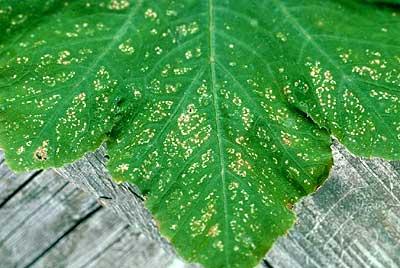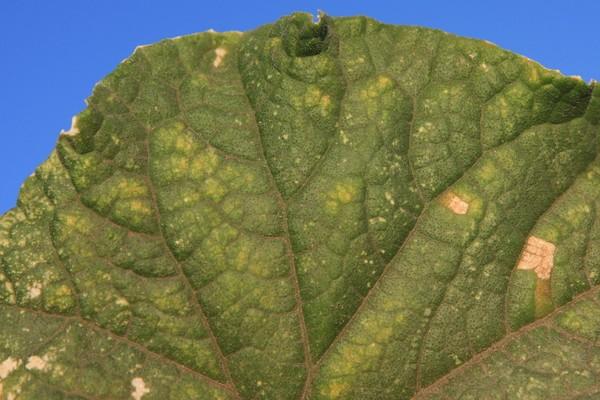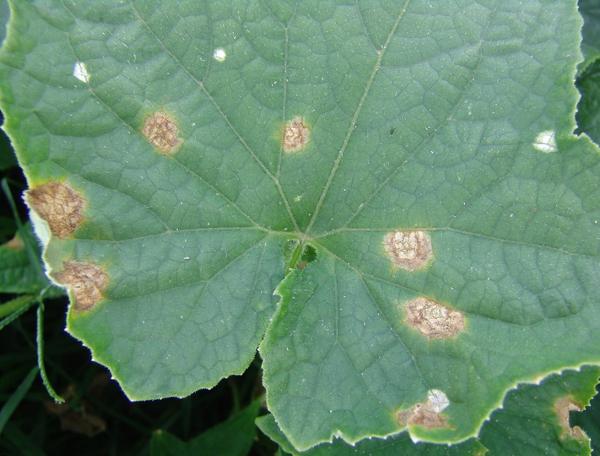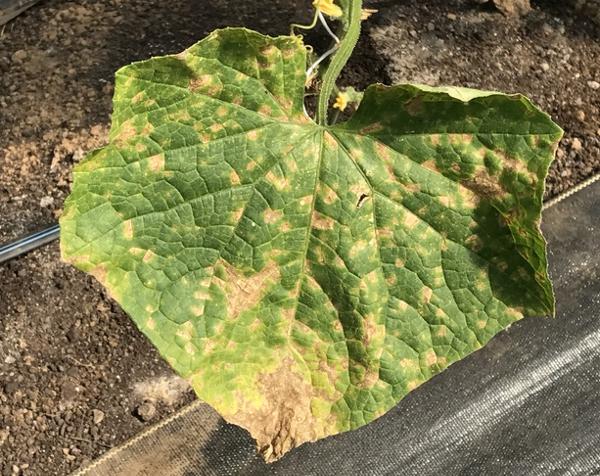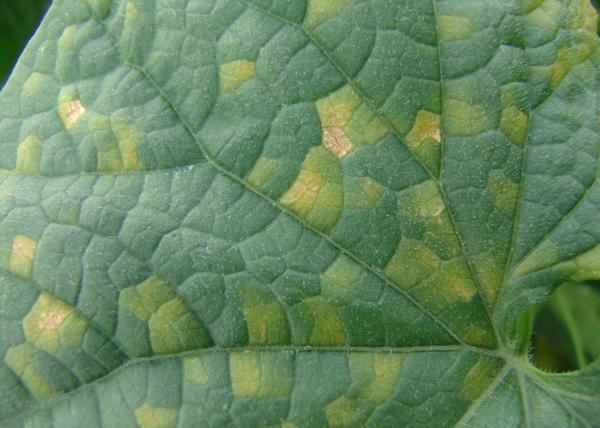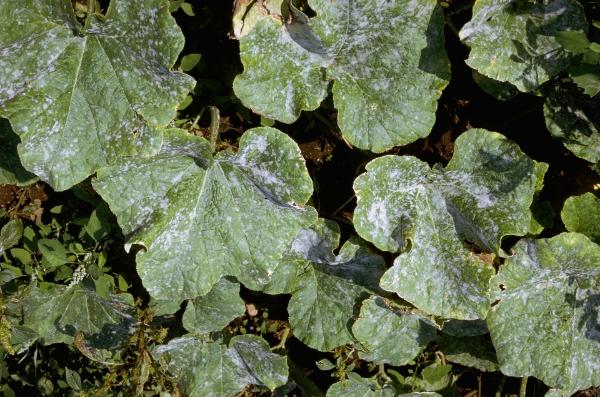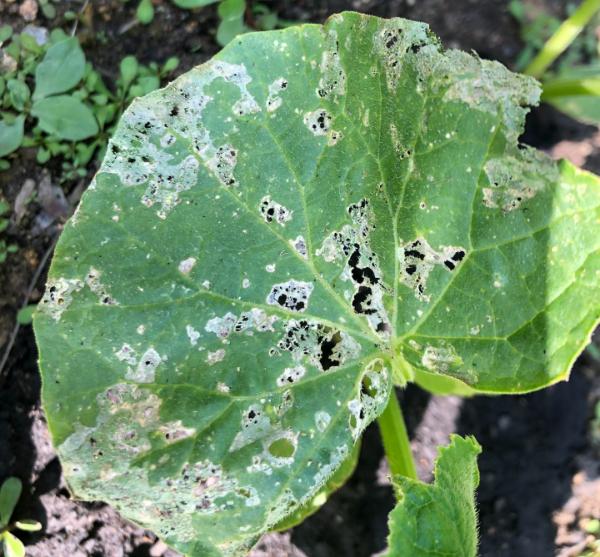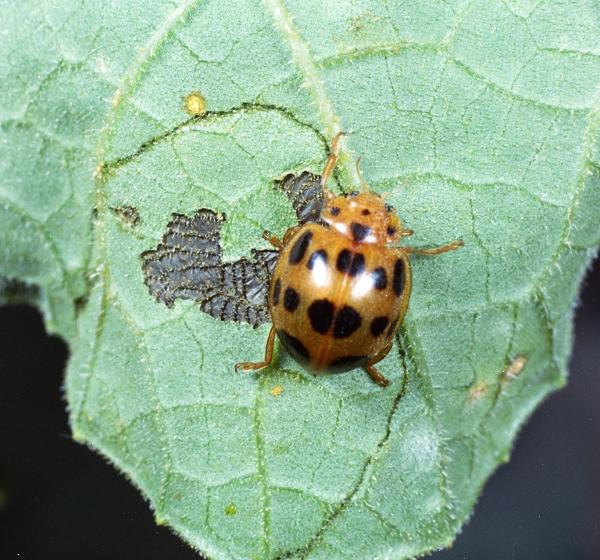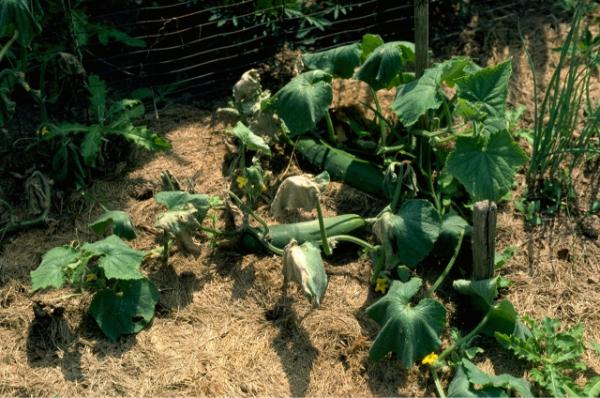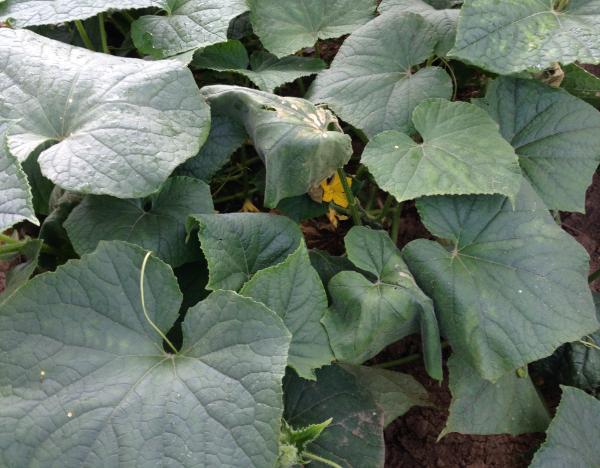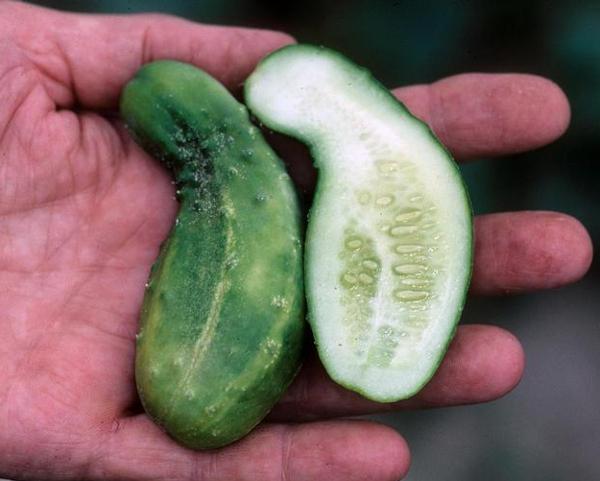Cucumbers (Cucumis sativus) are warm-season annual plants that are popular to grow in home gardens. They are a member of the gourd family (Cucurbitaceae or “cucurbit”) and share characteristics with related vegetable plants: squash, zucchini, melons, and pumpkins. All are vulnerable to similar diseases and pests, while some problems are more prevalent among cucumbers in particular.
Use this picture guide (or the table below) to identify the most common problems of cucumbers in Maryland gardens and how to address them. To help prevent some of the most common problems, we recommend:
- Growing disease-resistant cucumber varieties. Numerous options are available for fresh eating (slicing) or pickling cucumbers.
- Giving plants adequate space in a sunny location to allow for good air circulation and minimize leaf wetness.
- Using a row cover or micromesh to protect plants from pests prior to flowering. When flowers open, remove covers to allow bees to transfer pollen from male to female flowers (except for parthenocarpic varieties that do not require pollination).
- Grow a variety of flowering plants around your garden to support beneficial insects; predators and parasitoids help provide natural pest control.
- Practice good garden sanitation; remove diseased or infested plant material promptly.

